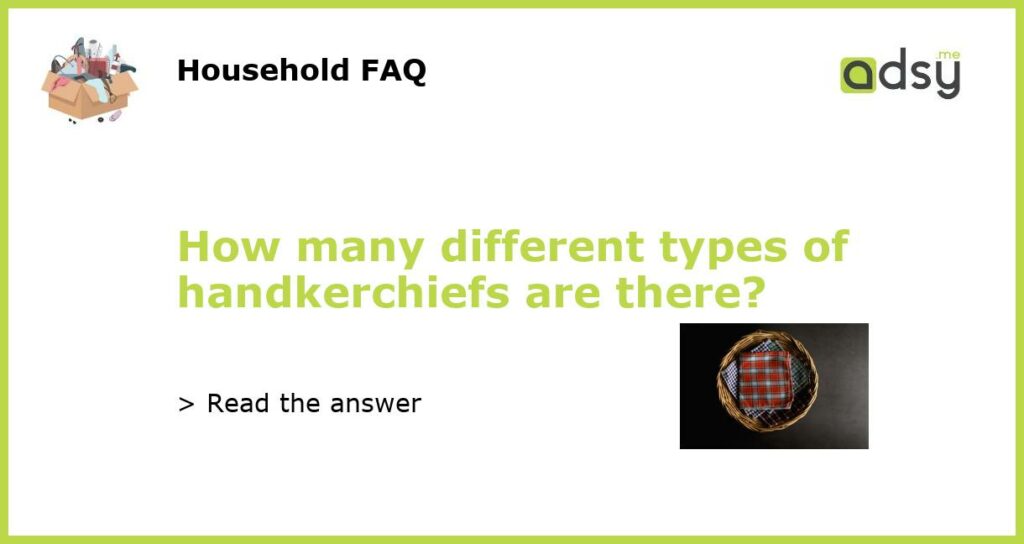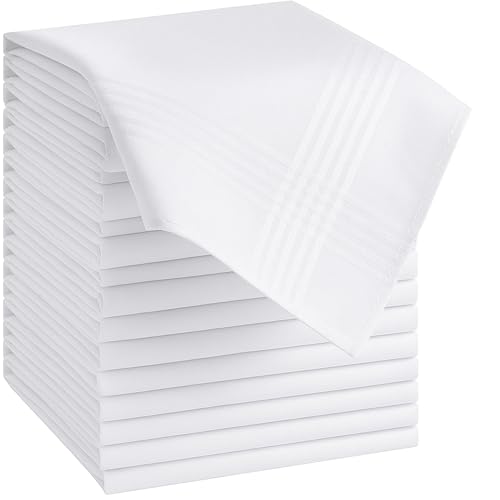The History of Handkerchiefs
Handkerchiefs have been in use for centuries. From ancient Rome to 15th century Europe, people have used cloth to wipe their noses and faces. The handkerchief, as we know it today, became popularized in the 17th century by the upper classes as a fashion accessory and a way to display wealth and social status.
The Common Types of Handkerchiefs
There are a few different types of handkerchiefs that are commonly used today.
- Cotton handkerchiefs: These are the most popular type of handkerchief and are great for everyday use.
- Linen handkerchiefs: These are a more luxurious option and tend to be more expensive than cotton ones.
- Silk handkerchiefs: These are often used for more formal occasions and can feature intricate designs and patterns.
- Bandanas: These are a type of square handkerchief that originated in the American West and are often worn as a fashion statement.
Niche Handkerchiefs
While the above types of handkerchiefs are the most common, there are also more niche options available.
- Handkerchiefs for allergies: These are made with a lightweight, hypoallergenic fabric that is gentle on the skin.
- Handkerchiefs for weddings: These often feature intricate embroidery and are given as a gift to guests at weddings.
- Handkerchiefs for collectors: Some people collect vintage or antique handkerchiefs as a hobby.
The Future of Handkerchiefs
In recent years, there has been a trend towards more sustainable and eco-friendly fashion choices. As a result, there is a growing market for handkerchiefs made from organic or recycled fabrics. Additionally, some companies are creating handkerchiefs with built-in filters to offer an alternative to disposable face masks.
The Verdict: How Many Types of Handkerchiefs Are There?
While there are countless designs and patterns of handkerchiefs available, the most common types are cotton, linen, silk, and bandanas. Additionally, there are niche options available for those with specific needs or interests. As the fashion industry continues to evolve, we can expect to see more sustainable and innovative options for handkerchiefs in the future.






